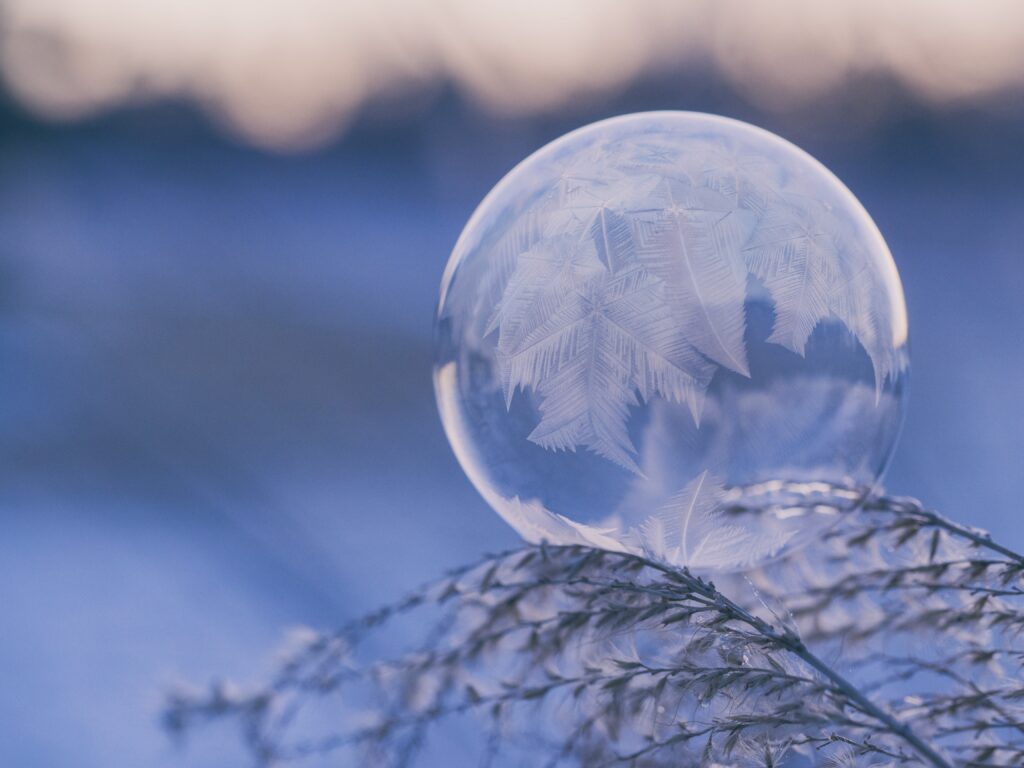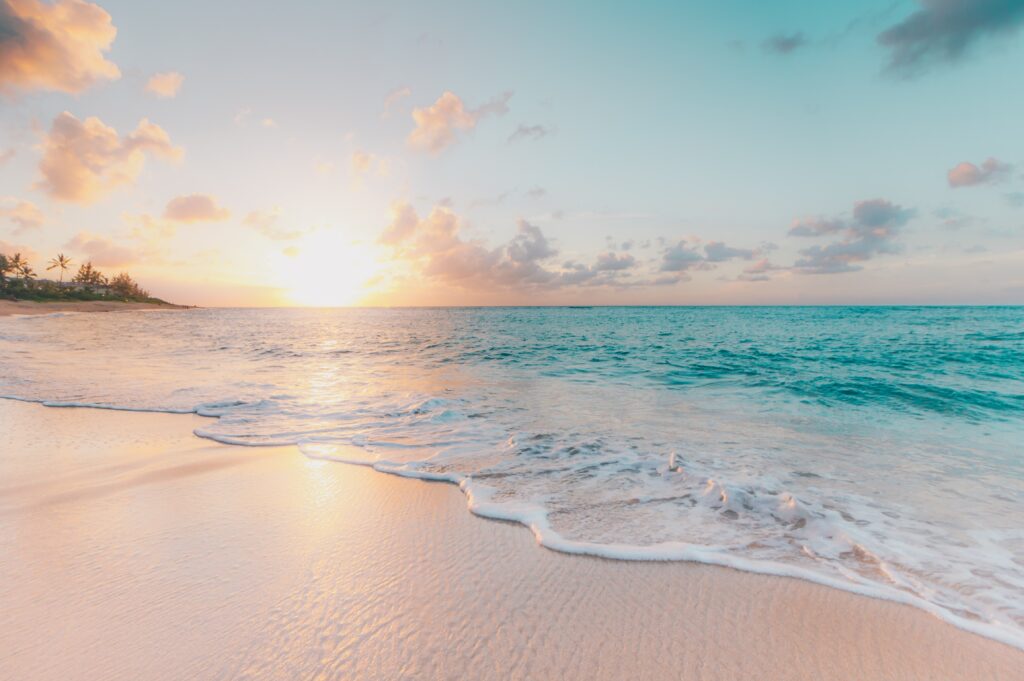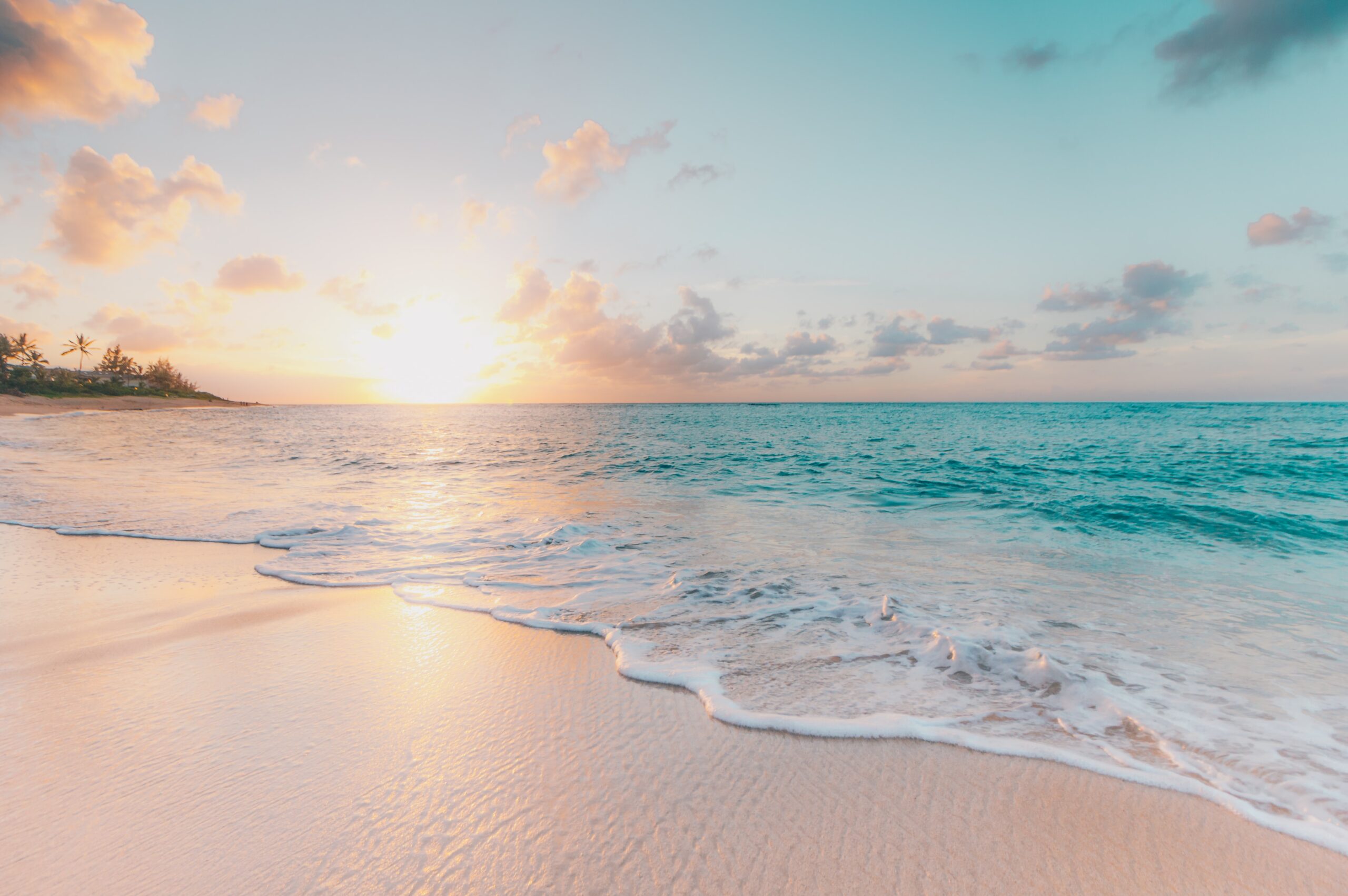So you’re planning a winter getaway to Myrtle Beach and wondering just how cold it gets during those chilly months? Well, fret not, my friend, for I have all the answers you seek. Myrtle Beach, known for its warm and sunny climate, does experience a drop in temperatures during the winter season, but nothing you can’t handle. The average temperatures in December and January range from the mid-50s to the low 60s Fahrenheit, making it the perfect destination for those seeking a mild winter escape. So pack your swimsuit and sunglasses, because even in the winter, Myrtle Beach has plenty of sunshine and outdoor adventures waiting for you.

Average Winter Temperatures
December
In December, Myrtle Beach experiences cool temperatures with an average high of around 60°F (15°C) and an average low of 40°F (4°C). While the afternoons can be pleasantly mild, the evenings tend to be cooler, so it’s advisable to layer your clothing to stay comfortable throughout the day.
January
January brings the coldest temperatures to Myrtle Beach, with average highs around 56°F (13°C) and average lows of approximately 36°F (2°C). This is the time of year when you’ll want to bundle up a bit more, especially during the early morning and evening hours.
February
In February, the weather starts to gradually warm up again. The average high temperature rises to around 60°F (15°C), while the average low increases to about 38°F (3°C). Despite the increasing warmth, it’s still recommended to keep a jacket handy, particularly during the cooler nights.
Record Low Temperatures
Historical Extreme Lows
Throughout its history, Myrtle Beach has experienced a handful of extreme low temperatures. The coldest temperature ever recorded in Myrtle Beach was -1°F (-18°C) on January 21, 1985. While occurrences like this are rare, they serve as a testament to the potential for chilly weather during the winter months.
Coldest Temperature Recorded
As mentioned earlier, the coldest temperature ever recorded in Myrtle Beach was -1°F (-18°C). This record low occurred on January 21, 1985, and remains an outlier among the typical winter temperatures experienced in the area.
Temperature Range
Variation throughout Winter
Myrtle Beach experiences a noticeable temperature range throughout the winter season. From December to February, the average difference between the daily high and low temperatures is around 20°F (11°C). This variation allows for both milder afternoons and colder nights, adding diversity to the winter climate.
Average Daily High and Low
On an average winter day, you can expect the temperature to reach a high of around 59°F (15°C) in the afternoon, while the low temperature can drop to 38°F (3°C) overnight. This range allows for comfortable outdoor activities during the day and cooler, cozy evenings.
Wind Chill Factor
Effect on Perceived Temperature
The winds can sometimes make the temperatures feel cooler than they actually are. The wind chill factor takes into account the combined effect of air temperature and wind speed on perceived temperature. During the winter months, it’s important to pay attention to the wind, as it can make the air feel significantly colder than the actual temperature.
Windiest Months
While winds can be present throughout the winter, January and February tend to be the windiest months in Myrtle Beach. During these months, it’s advisable to wear wind-resistant clothing and to use windbreakers or scarves to protect your face and neck from the chilling gusts.

Snowfall
Historical Snowfall Records
Snowfall is a rare occurrence in Myrtle Beach, but it does happen occasionally. The area typically receives an average of less than one inch of snow per year. However, there have been exceptional winters when significant snowfall has surprised locals and visitors alike. The largest recorded snowfall in Myrtle Beach history was 8 inches on December 24, 2010, creating a picturesque winter wonderland on the normally sandy shores.
Average Snowfall
In general, Myrtle Beach experiences very minimal snowfall. The average annual snowfall is usually less than an inch, and some years may even see no snow at all. While a white winter is not a common sight, the occasional snowflakes can add a touch of magic to the coastal landscape.
Freezing Rain and Ice Storms
Occurrences in Winter
Freezing rain and ice storms are infrequent but not unheard of in Myrtle Beach winters. When temperatures drop to near or below freezing, precipitation can freeze on contact with the ground, resulting in the formation of ice. While these events are rare, it’s important to be prepared and cautious when they do occur.
Impact on Myrtle Beach
When freezing rain and ice storms do hit Myrtle Beach, they can have a significant impact on the area. Icy conditions make travel hazardous, and power outages can occur due to the weight of ice on power lines and trees. Local authorities and residents take precautions to ensure safety during these weather events, but it’s always wise to stay up-to-date with weather forecasts and follow any instructions or advisories issued by authorities.

Winter Storms
Frequency
Winter storms, including those bringing snow, freezing rain, or strong winds, are relatively infrequent in Myrtle Beach. The area generally sees a few winter storms each year, though they are not as common as in colder climate regions. These storms add an element of excitement but rarely pose significant long-term disruptions to daily life.
Effects on the Beach and Tourism
Winter storms can have a temporary impact on the beach and tourism in Myrtle Beach. While snow-covered beaches create a unique and captivating sight, they may discourage some visitors who prefer the sun and surf. However, the charm of the winter landscape, along with various indoor attractions, draws many tourists to the area during this time of year.
Climate Trends
Changes in Winter Temperatures
In recent years, Myrtle Beach has experienced some fluctuations in winter temperatures. While overall averages remain relatively consistent, there have been occasional warmer or colder winters compared to the historical norm. These fluctuations are part of natural climate variability and do not suggest a long-term trend in either direction.
Long-term Climate Projections
Long-term climate projections for Myrtle Beach indicate a possibility of slightly warmer winters in the future. However, it’s essential to remember that climate predictions are subject to uncertainty, and significant changes may occur with new scientific findings and advancements. Regardless, Myrtle Beach’s winters are expected to maintain their pleasant and mild character, making it an attractive destination throughout the year.
Preparing for Cold Weather
Recommended Clothing
To stay comfortable during Myrtle Beach’s winter months, it’s advisable to dress in layers. This allows you to adjust your clothing as the temperatures fluctuate throughout the day. Start with a base layer, such as thermal or moisture-wicking garments, to retain warmth. Add a sweater or jacket for insulation and top it off with a wind-resistant outer layer. Don’t forget to include hats, gloves, and scarves to protect your extremities from the cold.
Protecting Your Home
In colder weather, it’s important to take measures to protect your home from potential risks. Ensure that your pipes are properly insulated to prevent freezing and potential bursts. Seal any drafts around windows and doors to keep the cold air out and the warmth in. Additionally, consider covering outdoor plants or bringing them indoors during frost warnings to prevent damage.
Winter Activities
Indoor Attractions
Myrtle Beach offers a wide range of indoor attractions for visitors to enjoy during the winter season. From museums and art galleries to indoor amusement parks and shopping centers, there is no shortage of entertainment options. Explore the fascinating history and culture of the area, indulge in retail therapy, or have fun with friends and family at the various indoor entertainment venues.
Outdoor Activities
While winter in Myrtle Beach may not be as conducive to traditional beach activities, there are still plenty of outdoor adventures to embark on. Take a refreshing walk along the shoreline, build sandcastles, or have a picnic by the water. Explore the beautiful parks, nature trails, and golf courses that dot the area. And if you’re feeling particularly adventurous, give fishing or boating a try. The possibilities for outdoor enjoyment in Myrtle Beach are endless, even during the winter months.
As you can see, while Myrtle Beach may not experience frigid temperatures or heavy snowfall like some northern regions, its winter climate still offers a unique and enjoyable experience. With a combination of pleasant temperatures, occasional winter surprises, and a variety of indoor and outdoor activities, Myrtle Beach is a captivating destination to visit during the colder months. So, pack your bags, prepare for a mild winter adventure, and get ready to create unforgettable memories in the charming coastal haven of Myrtle Beach.
